By Manuel Veth –
Despite the match taking place in the middle of a working day, Karpaty fans could be seen throughout Kiev. On the marshrutka ride to the stadium the green and white of Karpaty clearly dominated the blue and red of Arsenal for what was a clash of not only colours, but cultures. Karpaty Lviv hail from the far west of the country, and pride themselves on having the most passionate fans in Ukraine. Meanwhile, Lviv is the cradle of Ukraine’s culture and language, something reflected in the fan-scene of the club. Multi-culturalism, however, is not part of the ethos of many Karpaty fans who are openly Ukrainian nationalists, with some even having fascist tendencies (see Futbolgrad’s article Karpaty Lviv – Pride of Galicia). Arsenal, however, are Ukraine’s only club with a left-wing following and in many ways this match epitomises the clash between right- and left-wing politics in Ukraine.
Arsenal vs. Karpaty: A political struggle or just another football match?
When I arrived at the match I was taken by surprise at the number of Dynamo Kyiv fans who had come out to support Karpaty against their city rivals. I also noticed approximately 200 fans of Dynamo’s notorious Ultra Group White Boys, with the often empty away stand almost completely full leaving the home fans in the minority. The ‘white’ in White Boys is a double entendre; it indicates both the colour of Dynamo’s home jersey and also refers to the more right-wing political elements of the fan group, which takes a strong stance against anti-fascism as experienced by Arsenal Kyiv fans.
When it comes to both Dynamo and Karpaty ultras there is a thin line between being anti-left wing and fascist. Last season, racist chanting at Dynamo matches became prominent enough for UEFA to punish the club – they will now play their next European home match (a Europa League play-off round tie in August) behind closed doors. This underlines a major problem in Ukrainian football; it was not the Ukrainian Football Federation (UFF) that punished Dynamo, but UEFA.
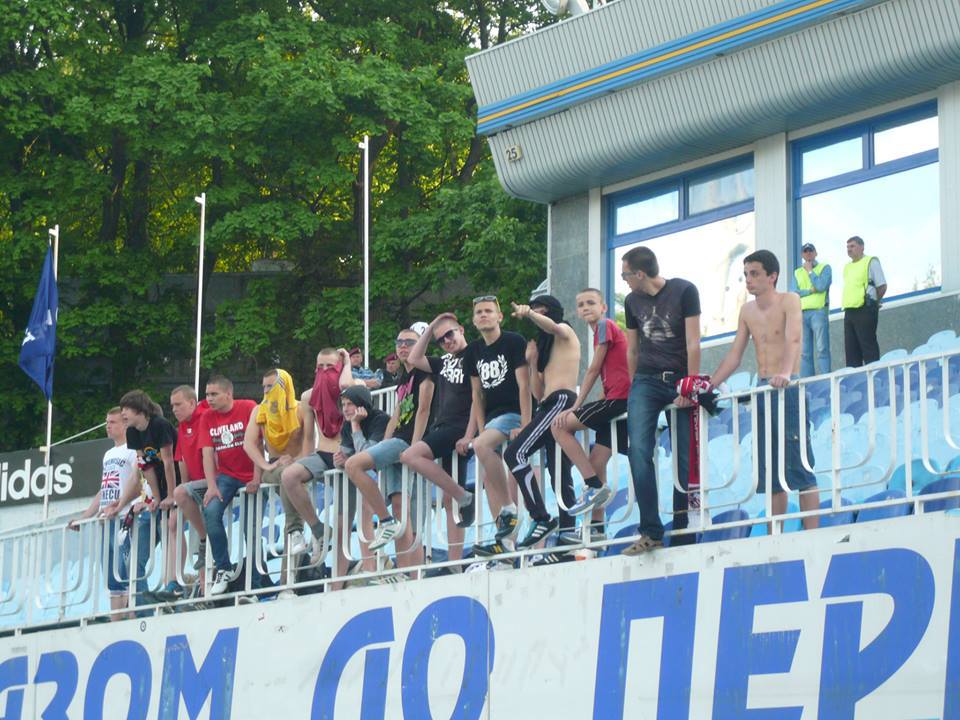
Kryvbas Kryvyi Rih ultras frontline at the Arsenal away end, with some wearing “88” t-shirts (code for “Heil Hitler”)
Most followers of football in several parts of the former Soviet Union are aware of the avid racism that is often displayed by football fans both in the stadium and also before and after matches in public transport and public spaces. In December 2011 my fiancée and I were accidentally amidst the football riots that broke out in Moscow. Therefore I was not entirely surprised to witness open racism expressed by both the White Boys and Karpaty fans in the stands. Indeed the game was only 20 minutes old when Arsenal’s Ghanaian striker Dominic Adiyiah was brought down in the box and awarded a penalty. Immediately, Karpaty and Dynamo fans responded with monkey jeers, and Ukraina, Ukraina, Ukraina chants.
What struck me was the reaction of both Adiyiah and the Arsenal ultras. Having dispatched the penalty, Adiyiah waved at the Karpaty fans before celebrating with his teammates. The Arsenal fans started to scream Antifa, Antifa, Antifa, (which comes from German the German Antifaschistische Aktion and means anti-Fascist action) and then sang Adiyiah’s name in what was a clear show of solidarity with their player.
Fascism in Ukraine: Explaining the Unexplainable
I was joined at the Arsenal vs. Karpaty match by Aleksandr Tkach – a journalist and chief editor of the Ukrainian Internet publication Tribuna.ua. Aleksandr asked me about how I, as an outsider, viewed the Ukrainian game and what I deemed the biggest differences between football in Ukraine and Germany. I explained to him that the most striking feature, which differed from Germany, was the open showing of nationalist, fascist and right wing symbols. Aleksandr was surprised when I told him that many publications in Western Europe have labelled Karpaty as the most right wing club in Ukraine.
Aleksandr explained that “Karpaty [ultras] aren’t worse or better than Dynamo Kyiv or Metalist [ultras].” He continued,
“European stereotypes may be caused by the fact that Karpaty comes from a region and city where nationalism is an important part of the political and cultural landscape. Thus their background is richer and deeper, their banners more often feature slogans and portraits of [in]famous Ukrainian nationalist leaders of the past. So, yes, Karpaty ultras (and a lot of their fans) are right-wing – but they are not unique in any case.”
The fans of Karpaty certainly know how to get attention with their pyrotechnical shows and choreographies whilst they also have the largest away support in the country. Perhaps the misconception that Karpaty fans are more right wing than other ultra groups in Eastern Europe simply stems from the fact that they have the largest support at away matches. This general misconception prompted me to consider more deeply the concepts of nationalism and right wing radicalism as it is displayed in Ukraine, and whether or not Western Europeans and North Americans have a completely different perspective when it comes to the horrors of nationalism and fascism? Are we correct in projecting our point of view on a region that has a history so different to ours? Is being radical right-wing the same in Ukraine as it is in Germany, or the United Kingdom?
In Kyiv I would regularly watch football at my favourite Irish bar O’Connors in Podil with a group of Ukrainian journalists who work with Ukraine’s largest TV stations 1+1 and 2+2. During a Champions League match our conversation moved to general politics, and more specifically to Svoboda. When I mentioned that Svoboda is a fascist party, laughter broke out at the table, “the German calls a Ukrainian party fascist” one remarked. Once the laughter died down, most agreed and said that the very foundation of the party has fascist elements, with one exception; my friend Andrei from Lviv stated that they were a solid party with good Ukrainian beliefs that were combating the potential resurrection of communism.
This gambit brought me full circle. In Ukraine, unlike Western Germany or the United Kingdom, a large segment of the population deems communism to be on the same level as fascism, if not worse. There had been a similar ethos in Eastern Germany among many young people who have joined right-wing organizations simply because it was the best way to protest against their parents who grew up in a society where fascism was seen as the biggest evil.
For many right-wing Ukrainians a party with neo-Nazi elements is considered a good party because it promises to uphold Ukrainian values and directly oppose Communist ideology. Nevertheless, Svoboda earns a slender 10 per cent of the national vote and even in the region where they yield most of their supporters – mainly the west of the country – the party their share does not rise any higher than 33 per cent.
The only club with a strong political connection to the party is Karpaty Lviv (see previous Karpaty article), yet as my journalist companion stated Karpaty is by no means a unique case. In fact, ultra and hooligan groups in Ukraine are mostly right-wing.
As many fans in the stands openly display fascist symbols it would be easy to arrive at the conclusion that everyone who attends a Ukrainian football game is associated with the political right. The average stadium goer, however, is often apolitical and hooligans and ultras are not viewed by the general public as racists or fascists. Aleksandr surmised that, “for 99 per cent of people in the street they are just a bunch of aggressive guys with flags and flares who root for Dynamo or Shakhtar.”
Fascism and Arsenal Kyiv: The BBC Myth and Reality
A good example of how racist and fascist incidents in Ukrainian stadiums can be overplayed by those looking in from the outside, was the troubling BBC documentary that was made just before the 2012 European Championships which took place in Poland and Ukraine. According to Germany’s 11Freunde Magazine the BBC actually interviewed a group of anti-fascist Arsenal fans, but their interviews were omitted because they did not fit the predetermined narrative of the programme. The documentary also largely focused on the extreme hard-core fans or fanatis of the Ukrainian clubs rather than the average supporter.
Thanks to documentaries like the one broadcasted by the BBC the general perception of Ukrainian football remains bleak, and not entirely accurate.
Swimming against the tide are the Arsenal ultras, who show that the right-wing antics of the country’s football fans are not as endemic as often portrayed in the media in Germany, Britain or even North America. Arsenal is the first, and so far only, anti-fascist fan club in independent Ukraine, but there are also examples of similar fan clubs emerging (Partizan Minsk in Belarus for example) in other countries of the former Soviet Union where fans have started to rebel against right-wing tendencies in stadiums.
The examples of Arsenal and Partizan show that there is growing unease with the political right’s domination of ultra groups in the former Soviet Union. Kyiv for example has a very active punk scene, and many bars, clubs, and other social institutions are run by socialists, anarchists, and the general left. One such centre is the Andreevski Spusk, located in Podil; an area for many artists and left wing activists. The Green Party of Ukraine also has its headquarters here.
Many members of this left-wing social scene are also football fans, but when visiting football matches they have had to hide their political affiliations. This, to some degree, changed with the restructuring of Arsenal Kyiv (read Futbolgrad’s article Arsenal Kyiv – Inventing the Alternative Football Club) – now there is a new club that despite its fabricated history are very much a club without the shackles of the past. As Aleksandr explains: “Arsenal absorbed nearly all Kyiv ultras who didn’t agree with general right-wing tendencies in the football scene. Thus, they gathered a significant element of leftist and antifascist (antifa) radicals as the core of their support.”
He adds that “Antifa are traditionally outlawed among Eastern European radicals – not only in football – so the honour codes (e.g. no use of weapons in fighting) don’t apply to them.” On online message boards of ultra groups it is now a self-imposed prohibition to mention the name of Arsenal Kyiv or to post pictures of choreographies staged by Arsenal ultras.
In their latest issue, 11Freunde travelled with a group of Arsenal Ultras to the Black Sea port of Odessa and described the difficulties that they endure at away matches. The article paints Arsenal fans as ultras that are being actively hunted down when traveling away to other cities.
But there is another side to the story, as I discovered when visiting Odessa myself where I attended a game with a group of Odessa fans. I was startled when all the fans greeted each other by saying shalom instead of using the Russian privet. It was then explained to me that this was to honour Odessa’s Jewish tradition. But following tradition carries a great risk. Traveling Odessa fans, like Arsenal Kyiv’s, are being excluded by other ultra groups and are not protected by the “honour code” of not using weapons such as knives in fights which exists between hooligan groups.
Indeed Arsenal fans themselves do not shy away from violence. Just as they are attacked for their left-wing beliefs, some Arsenal ultras have stated in interviews that they actively hunt down right-wing activists and use violence. As one of the Arsenal ultras states to 11Freunde it has become more dangerous to be openly right-wing in Kyiv since they established their organization. Widening their outreach, many Arsenal fans support anti-right wing activities in schools and universities, and have become openly active in schooling people in the true horrors and dangers of nationalism and fascism.
Also one cannot judge without taking into account the history of Ukraine (or other countries of the former Soviet Union). This is a young society that is still coming to terms with its Communist past. Communist symbolism and even the Communist Party itself remain a huge part of everyday life and many young people fear the return of a similar regime, and therefore turn to the polar opposite political standpoint. In Germany, it took one generation until the country started to heal the wounds of fascism, and the activities of the Arsenal ultras show that Ukraine, at least in some quarters, now seems ready to face its Communist past without running to the right.
Manuel Veth is a PhD candidate at the University of London King’s College, London. Originally from Munich, his thesis is entitled: “Selling the People’s Game: Football’s transition from Communism to Capitalism in the Soviet Union and its Successor States”. Follow Manuel on Twitter @homosovieticus
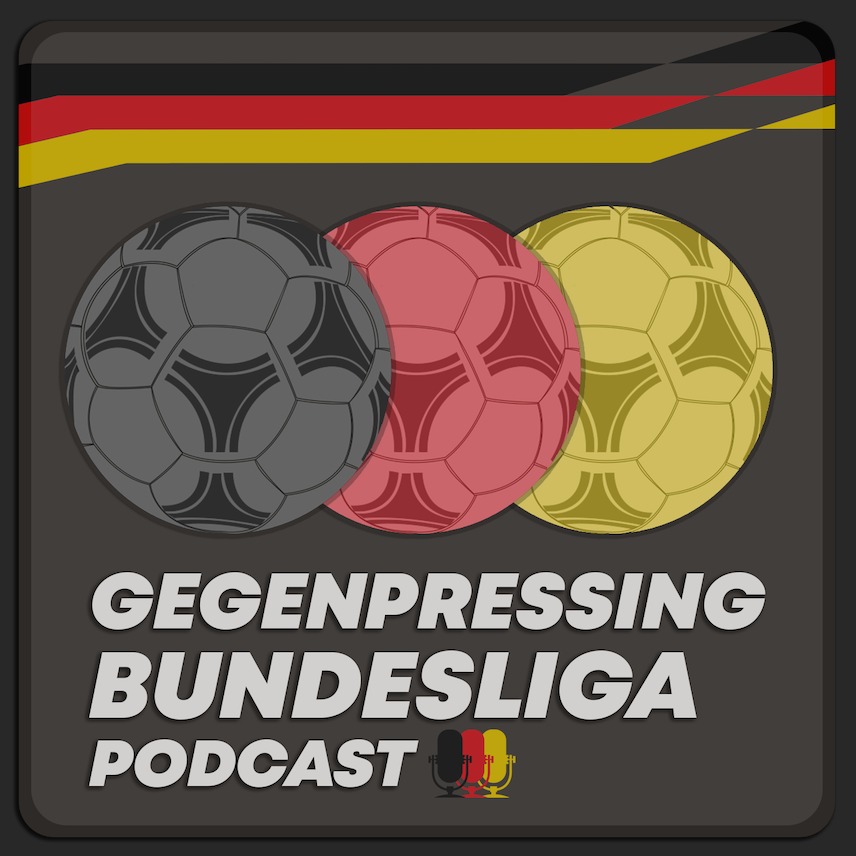

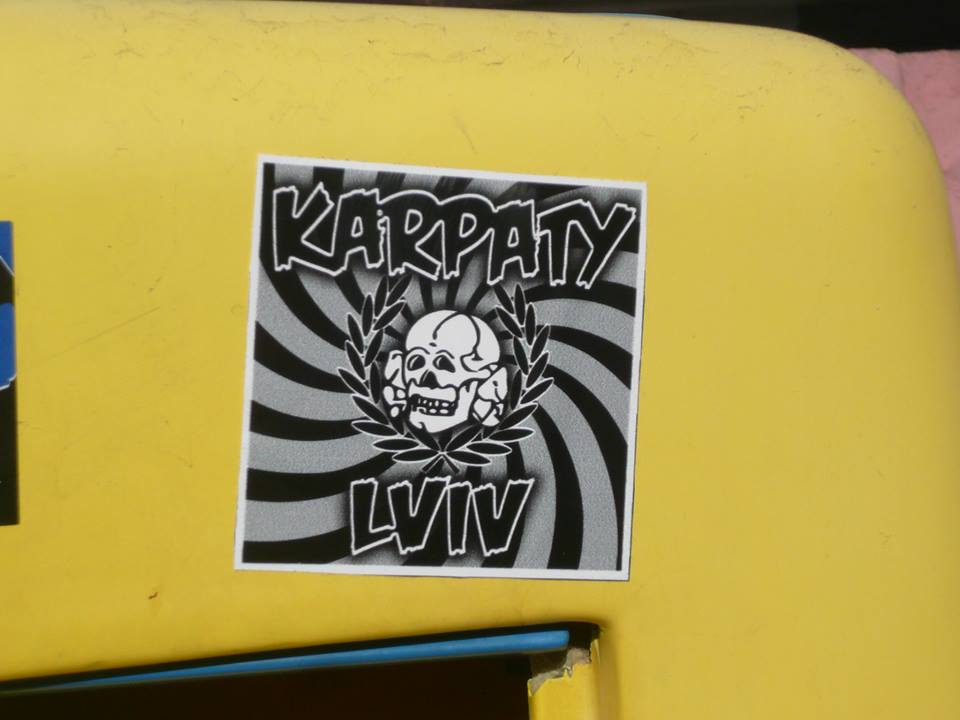
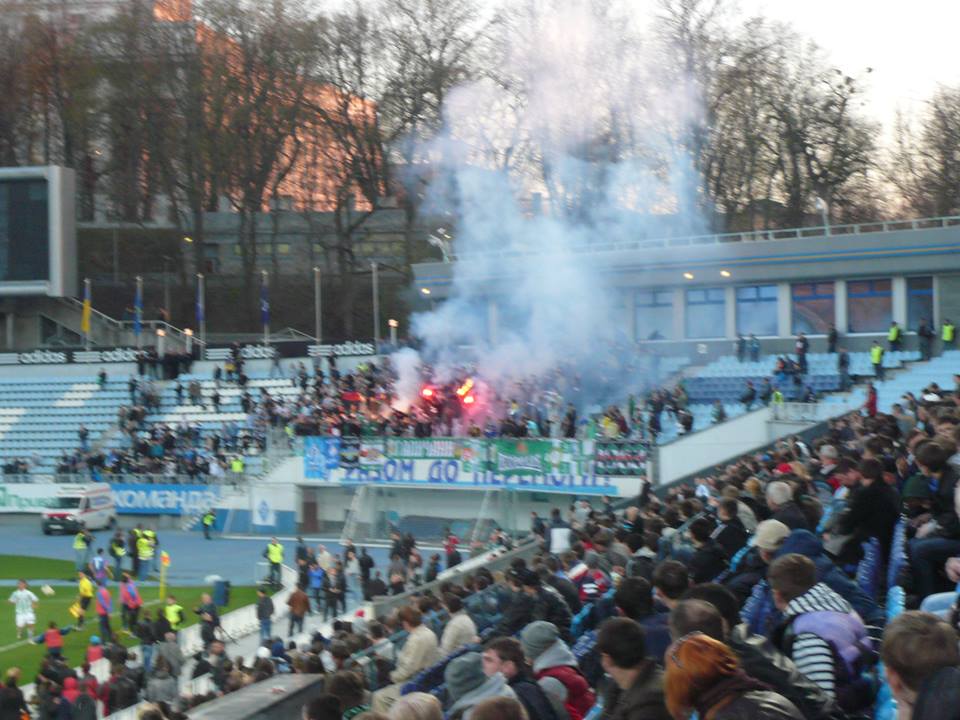
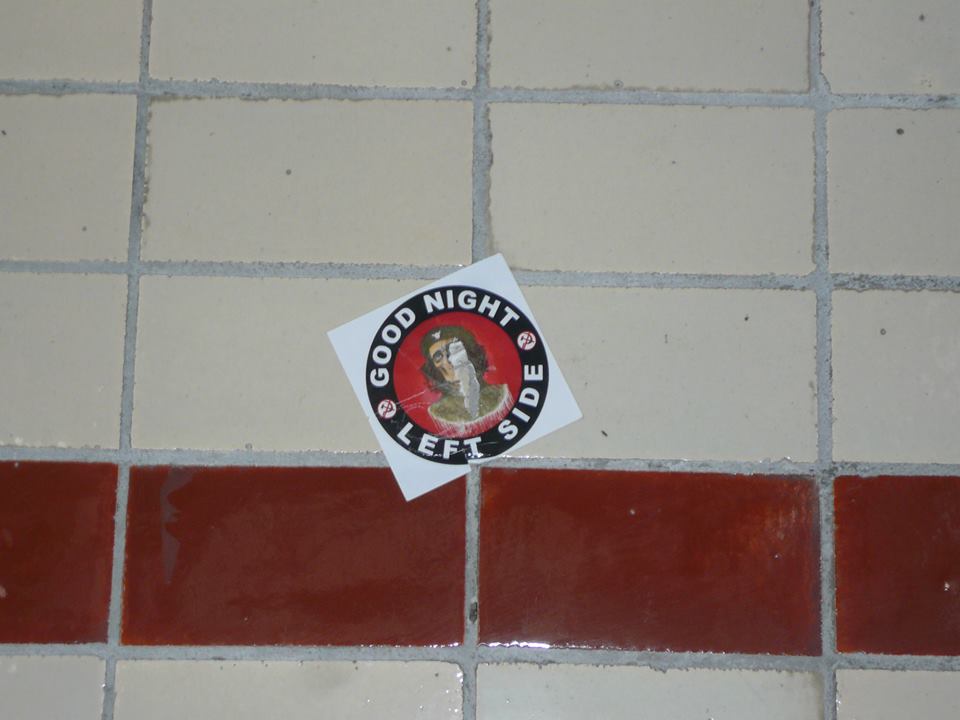

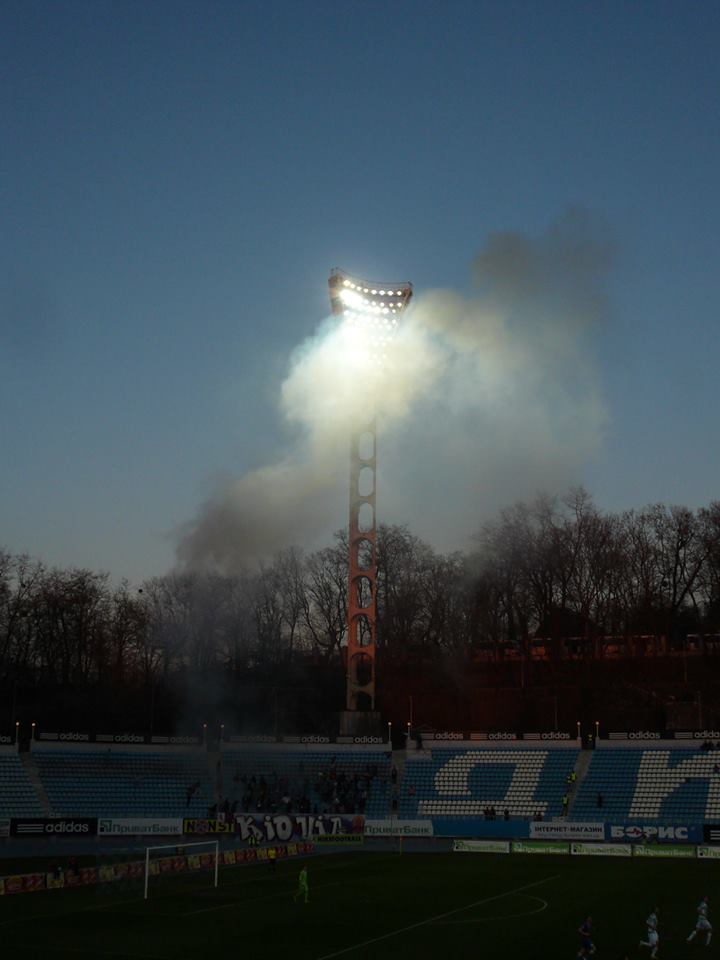
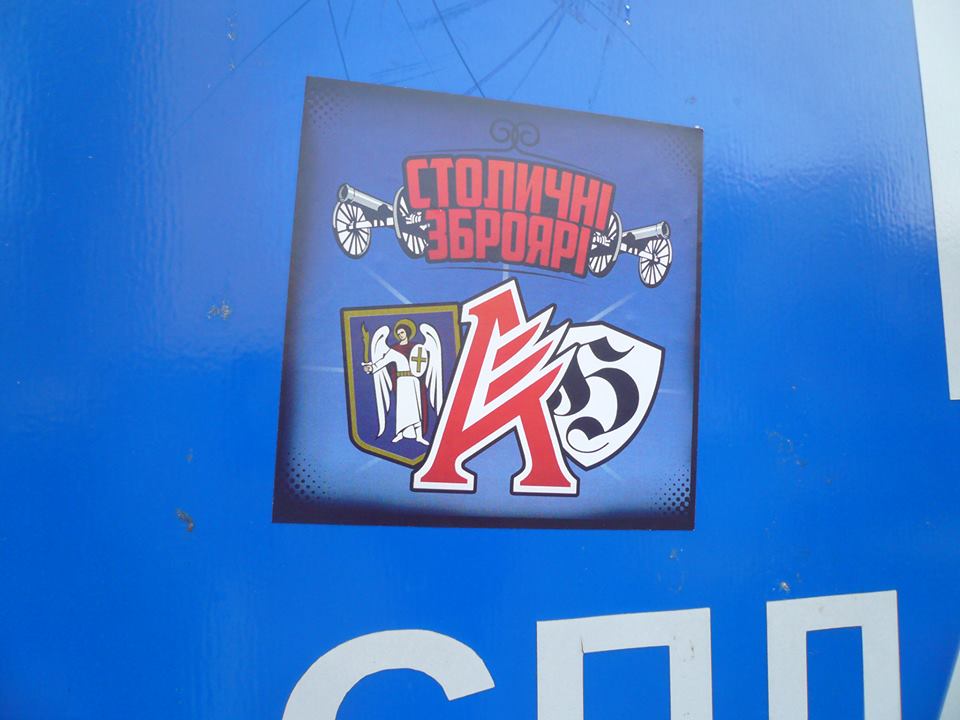
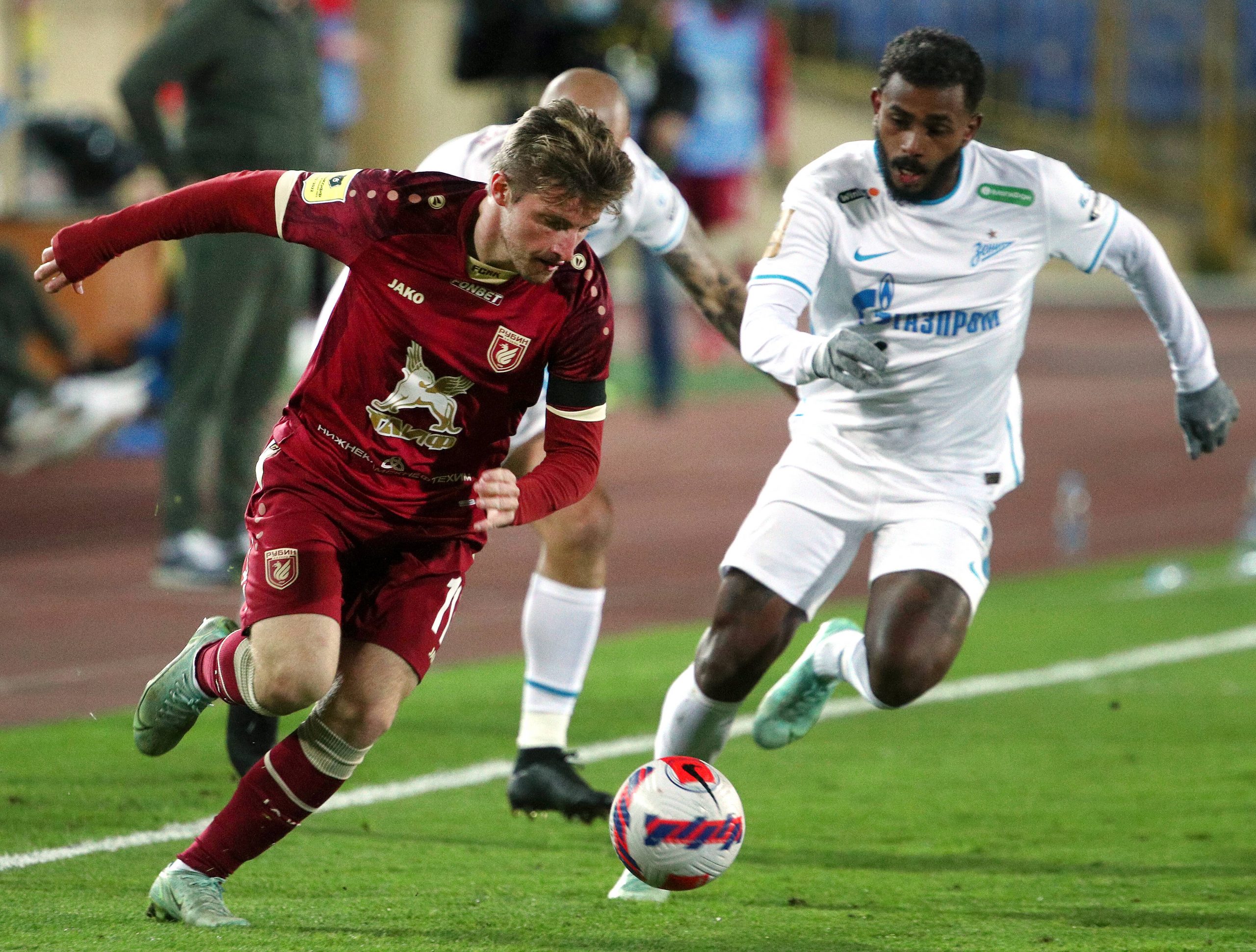
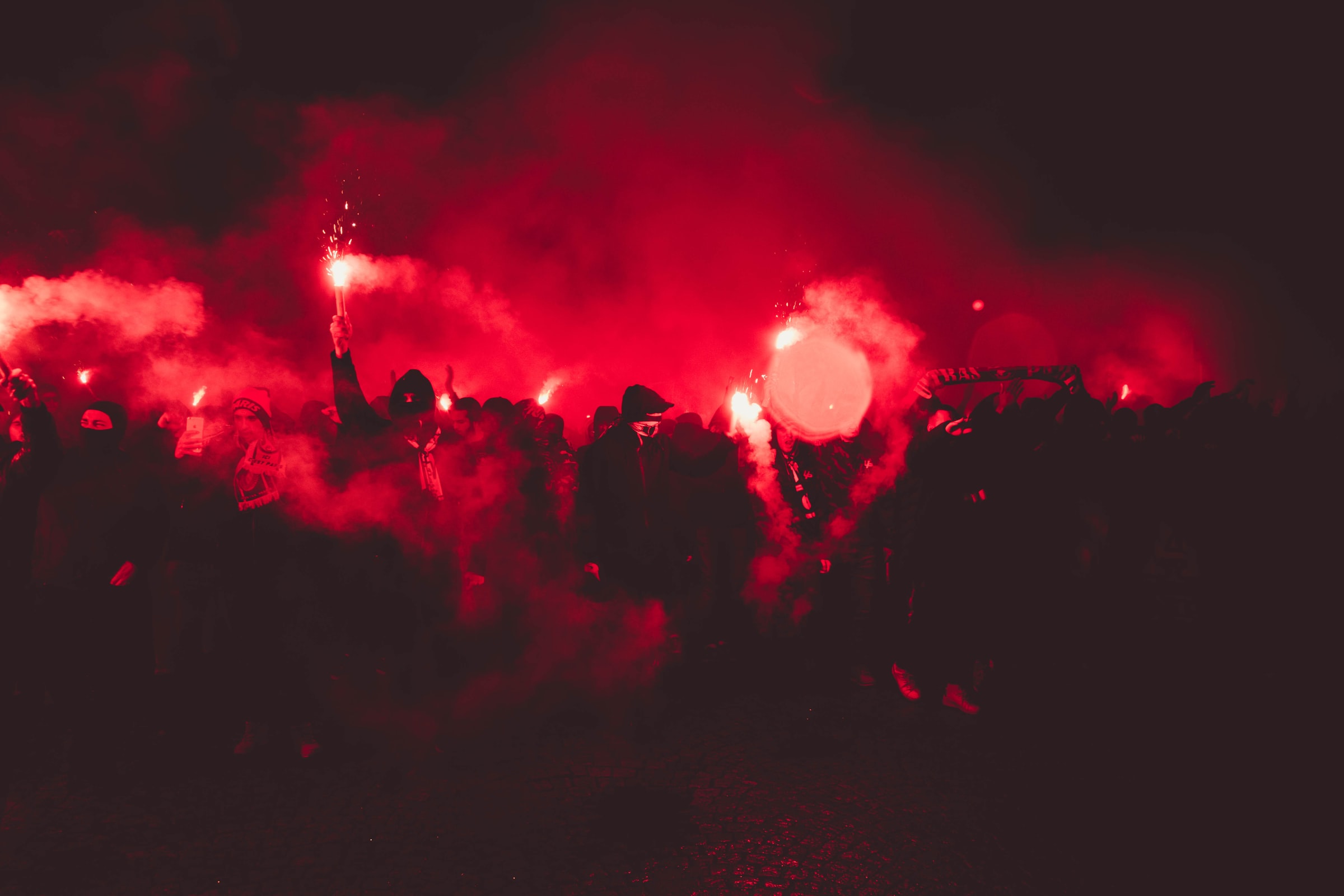
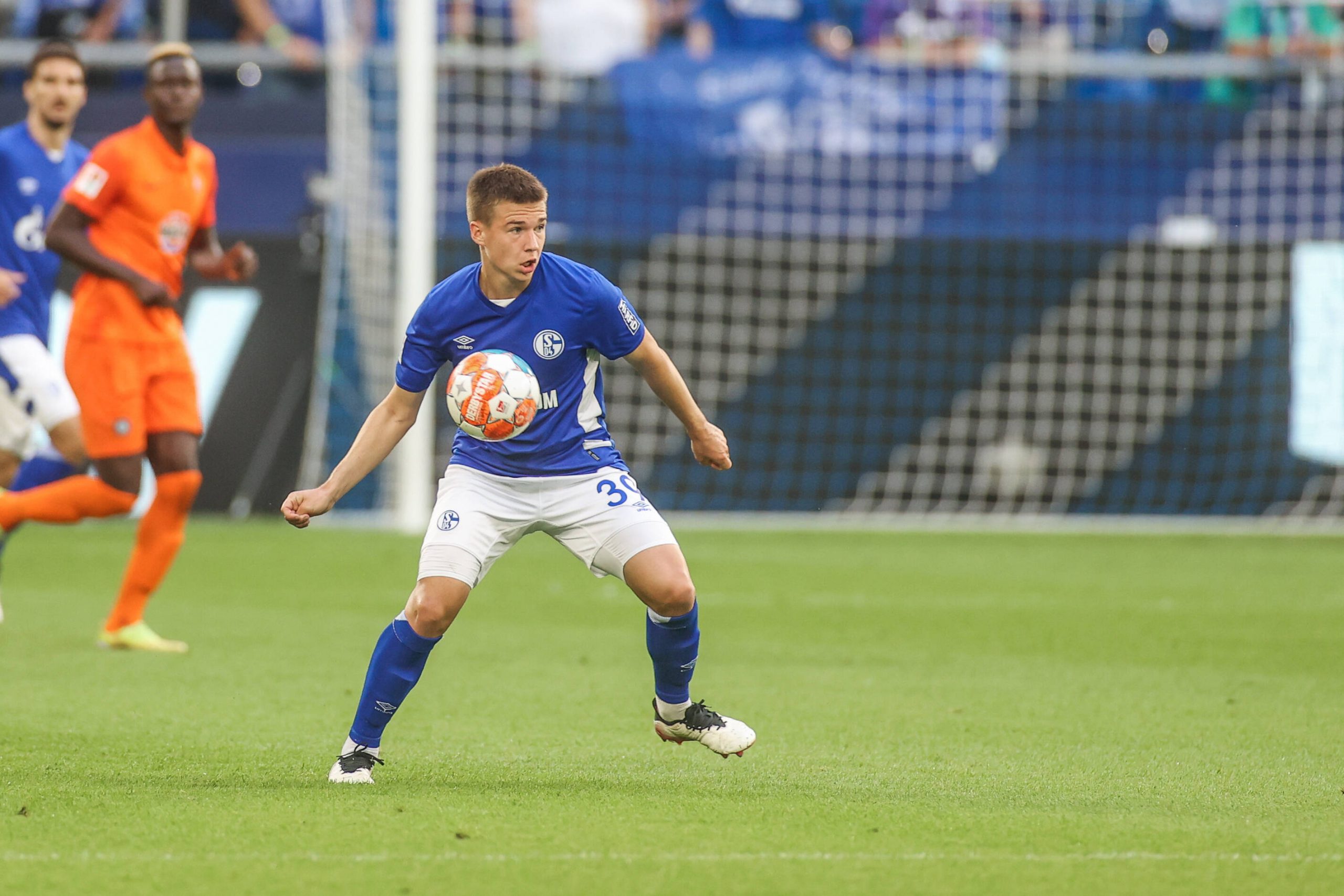
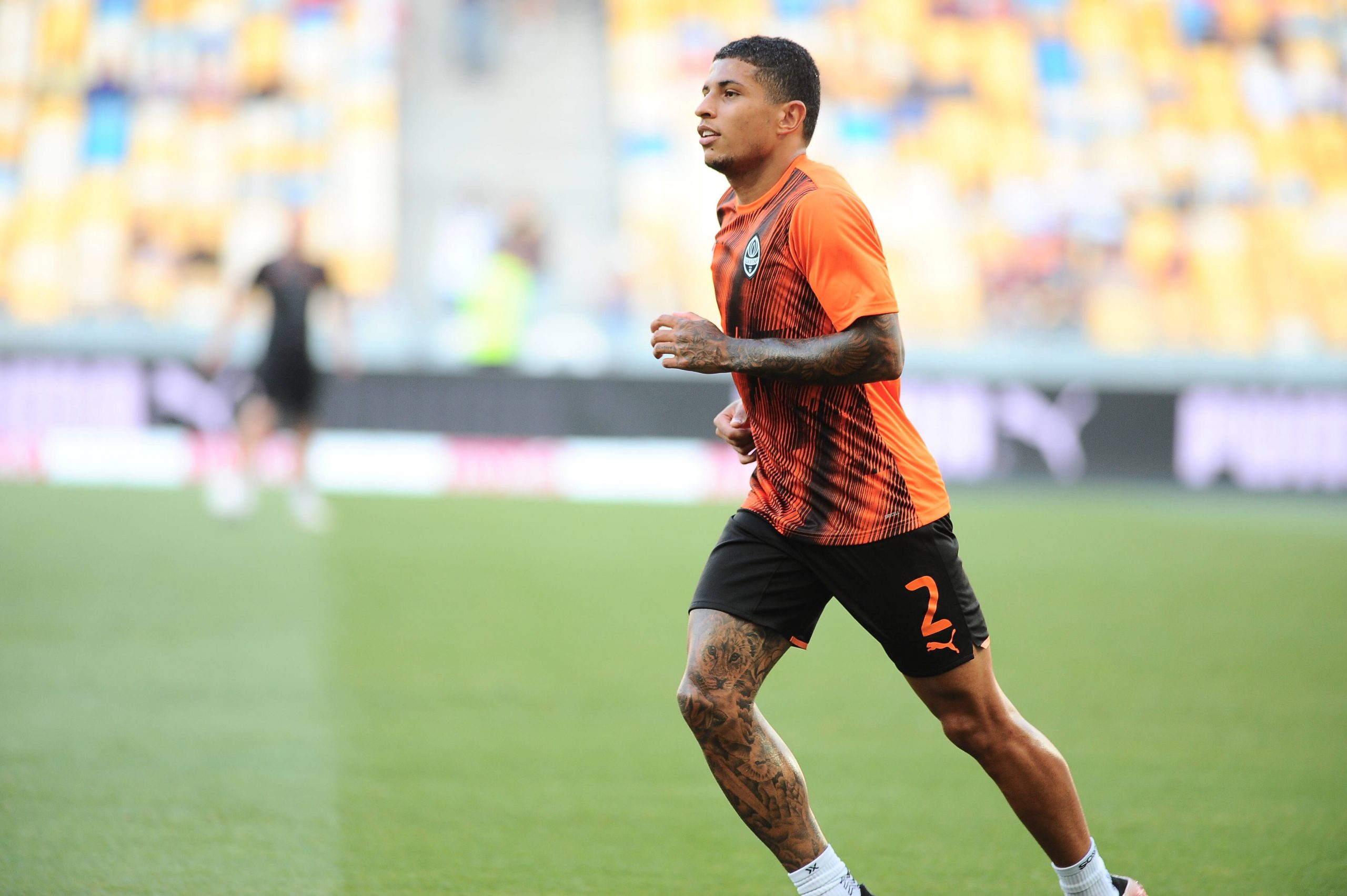
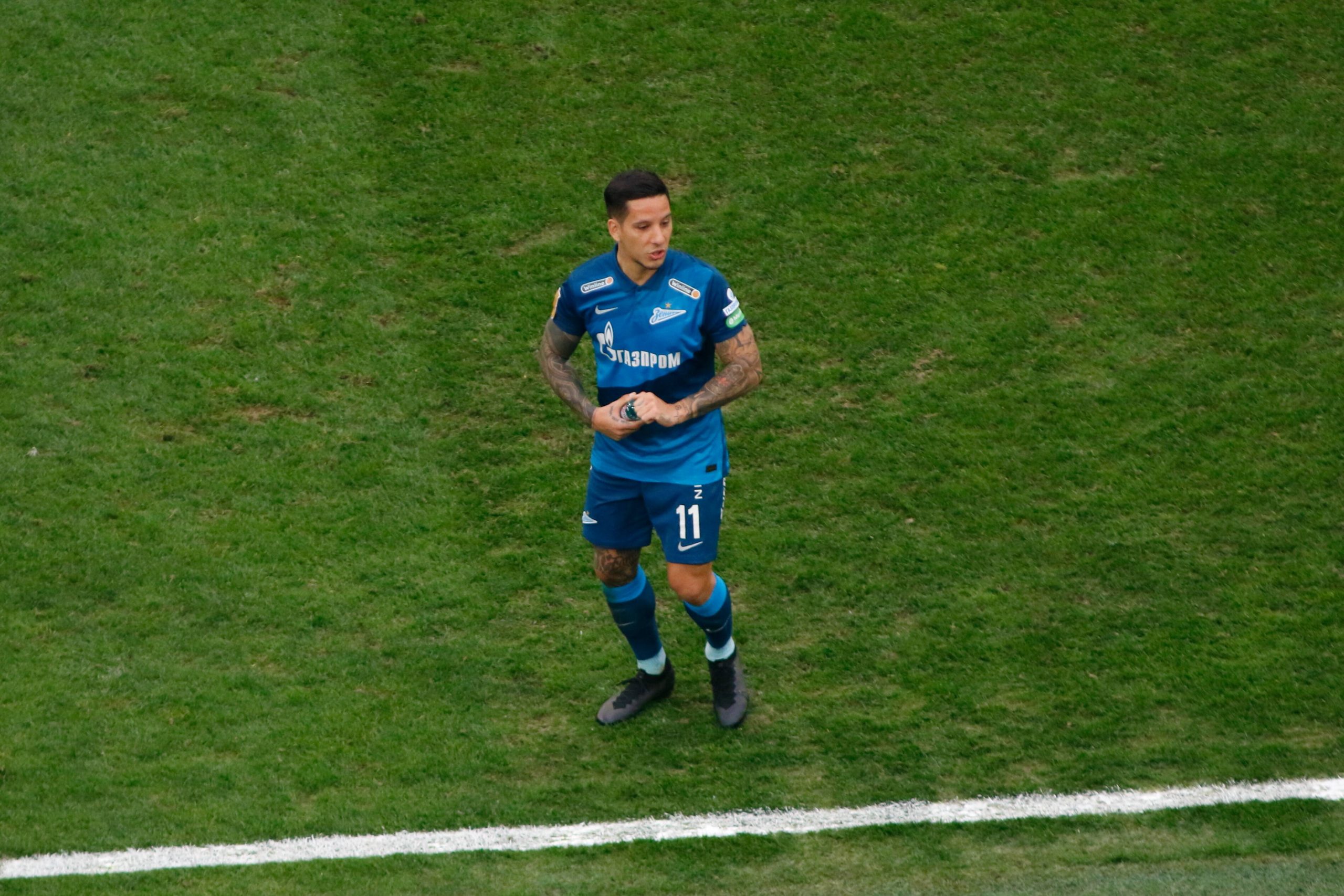
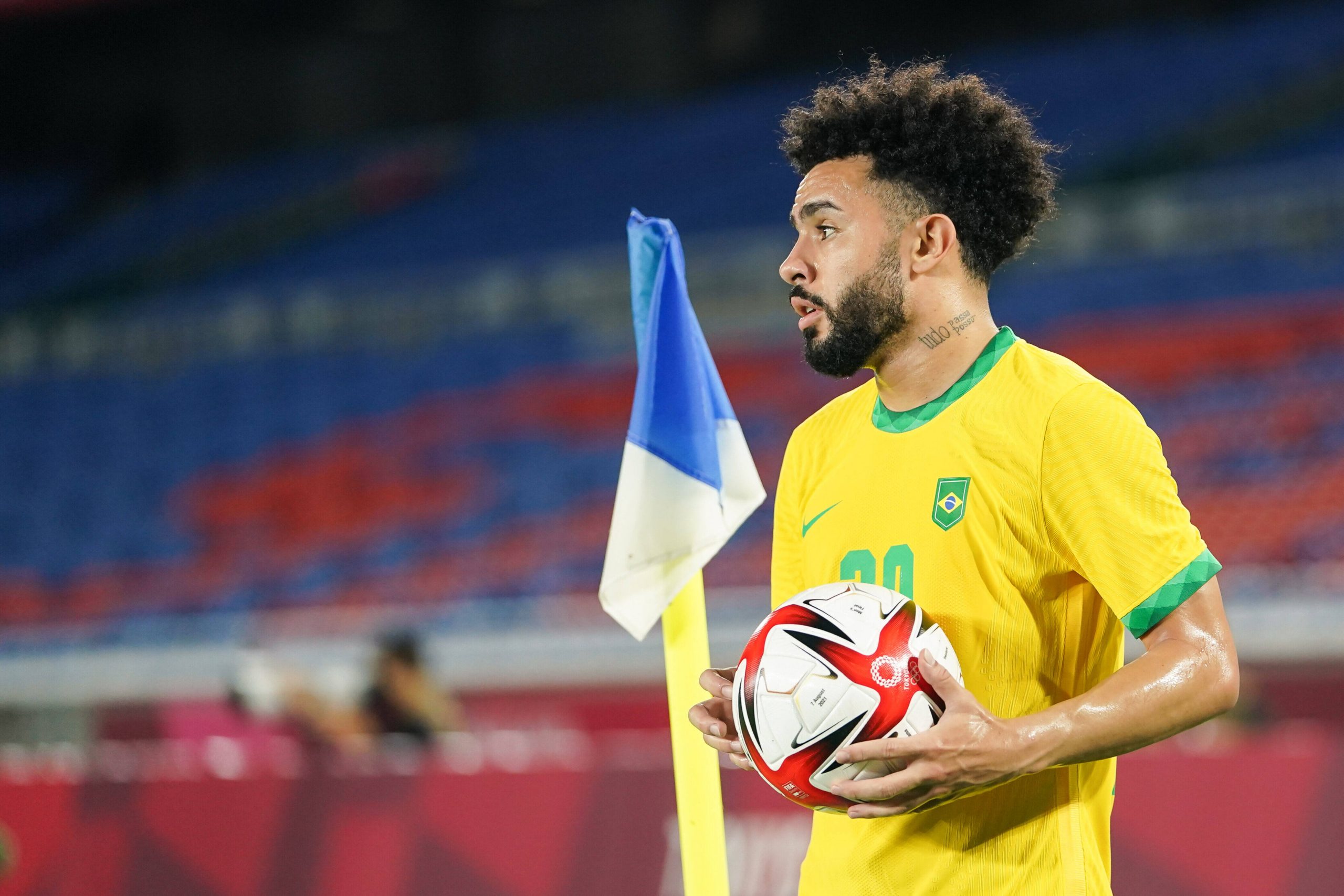

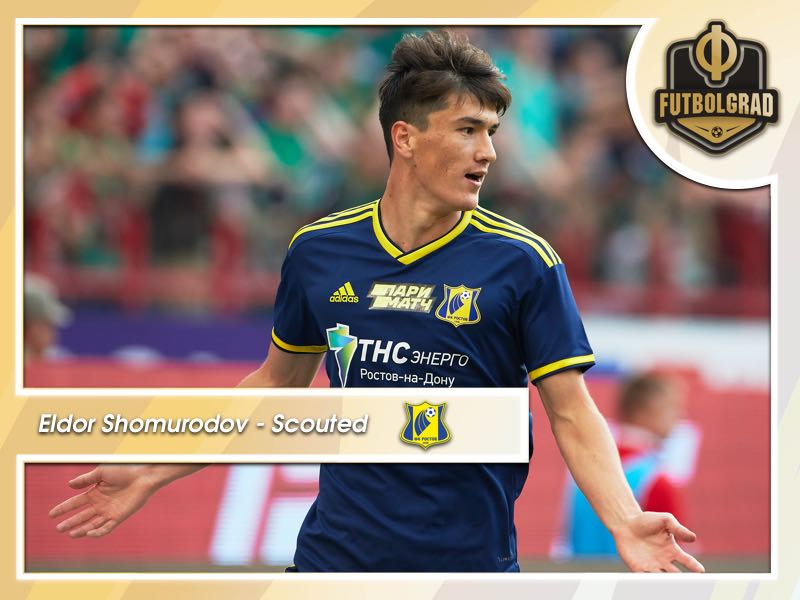
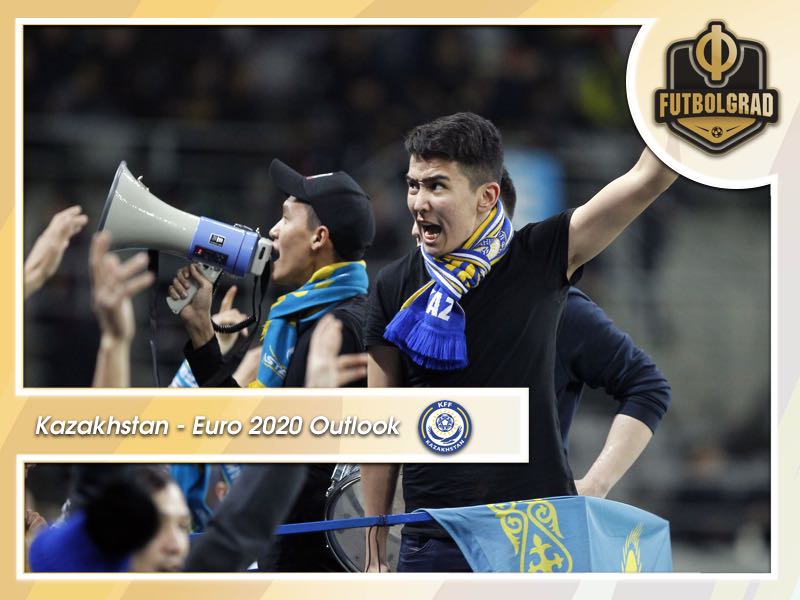
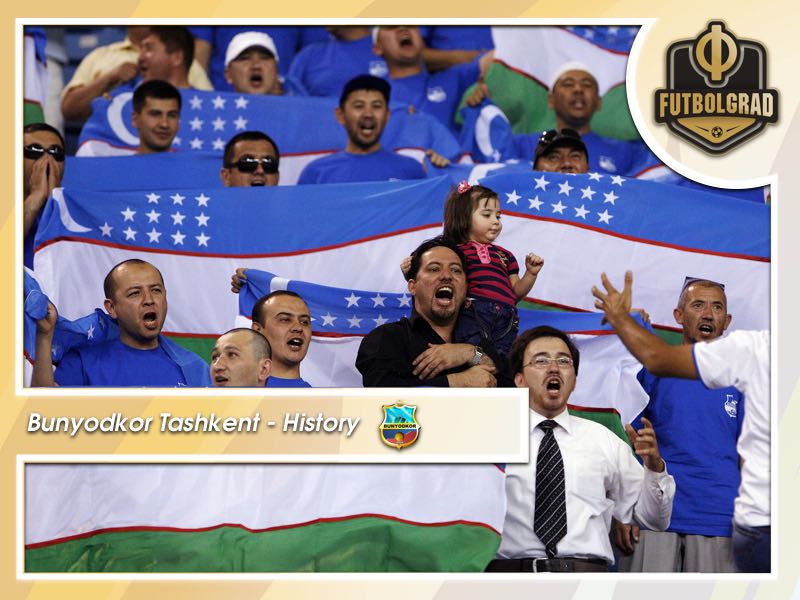
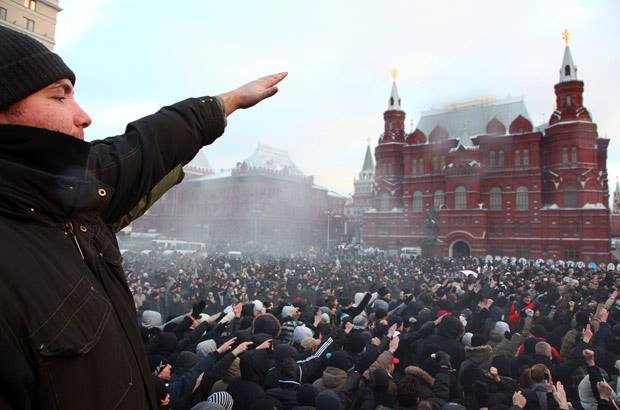
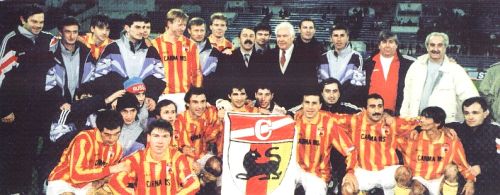
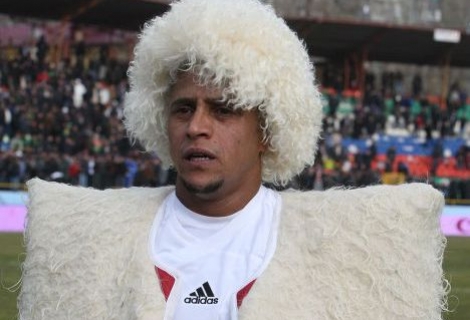
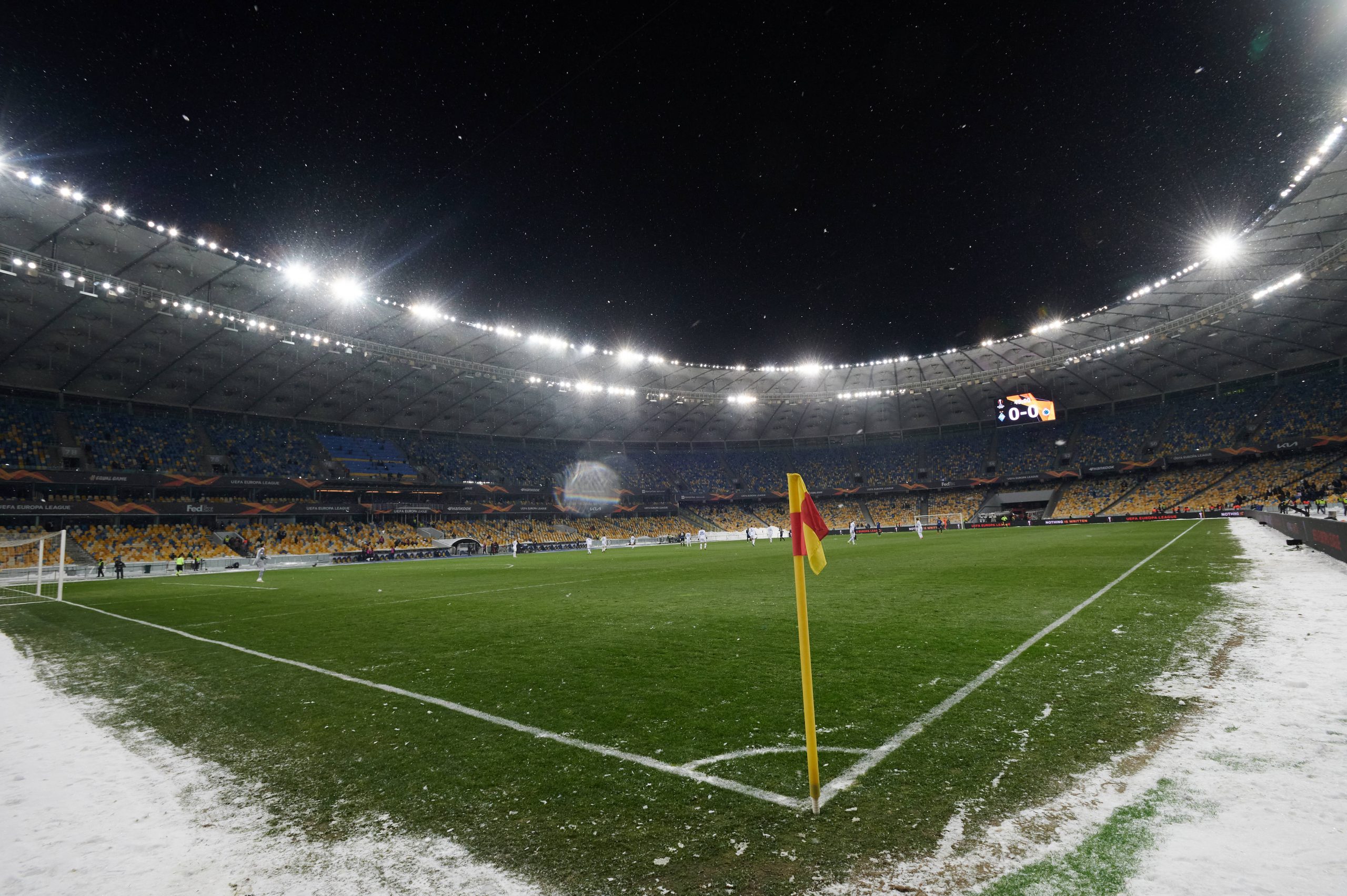
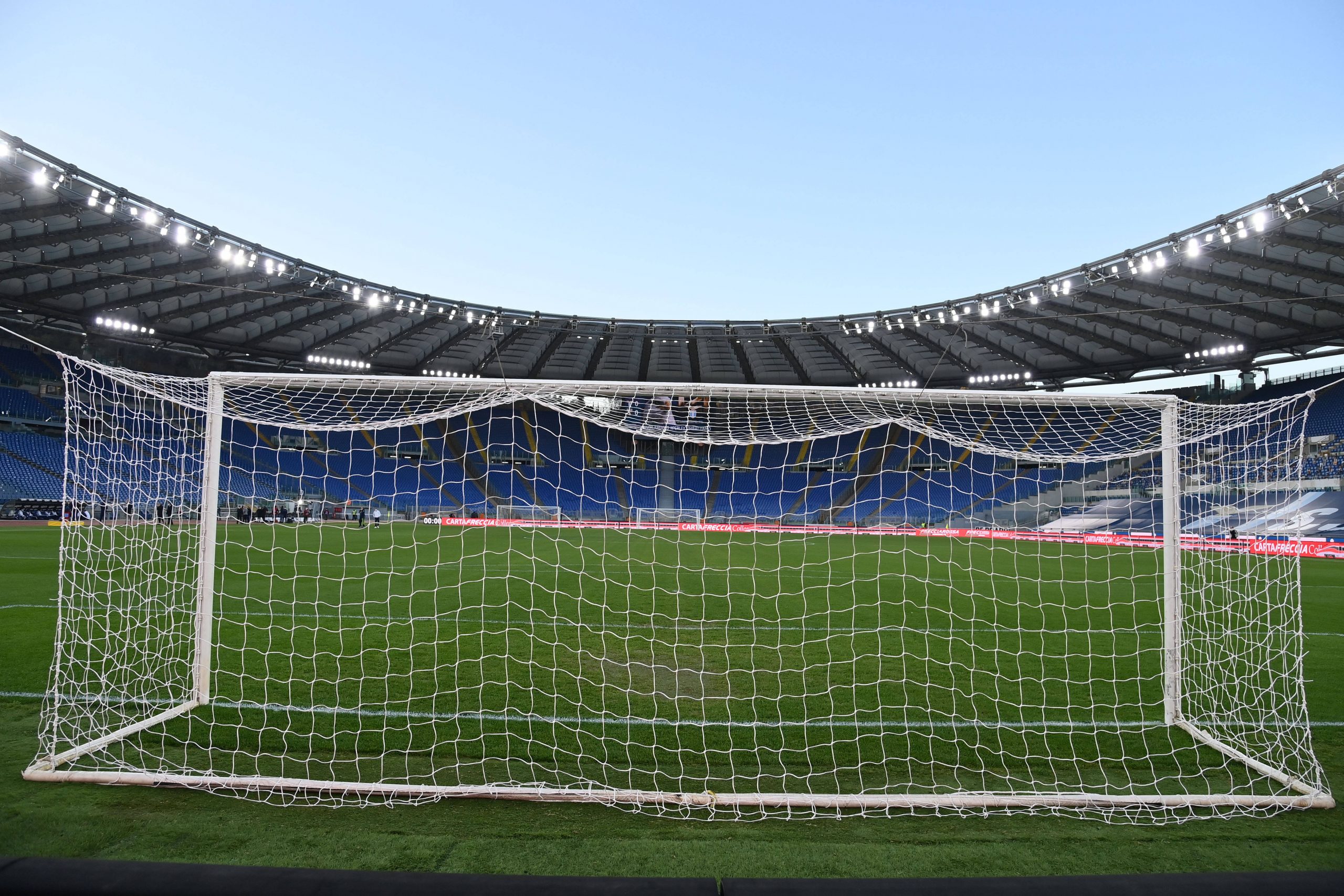
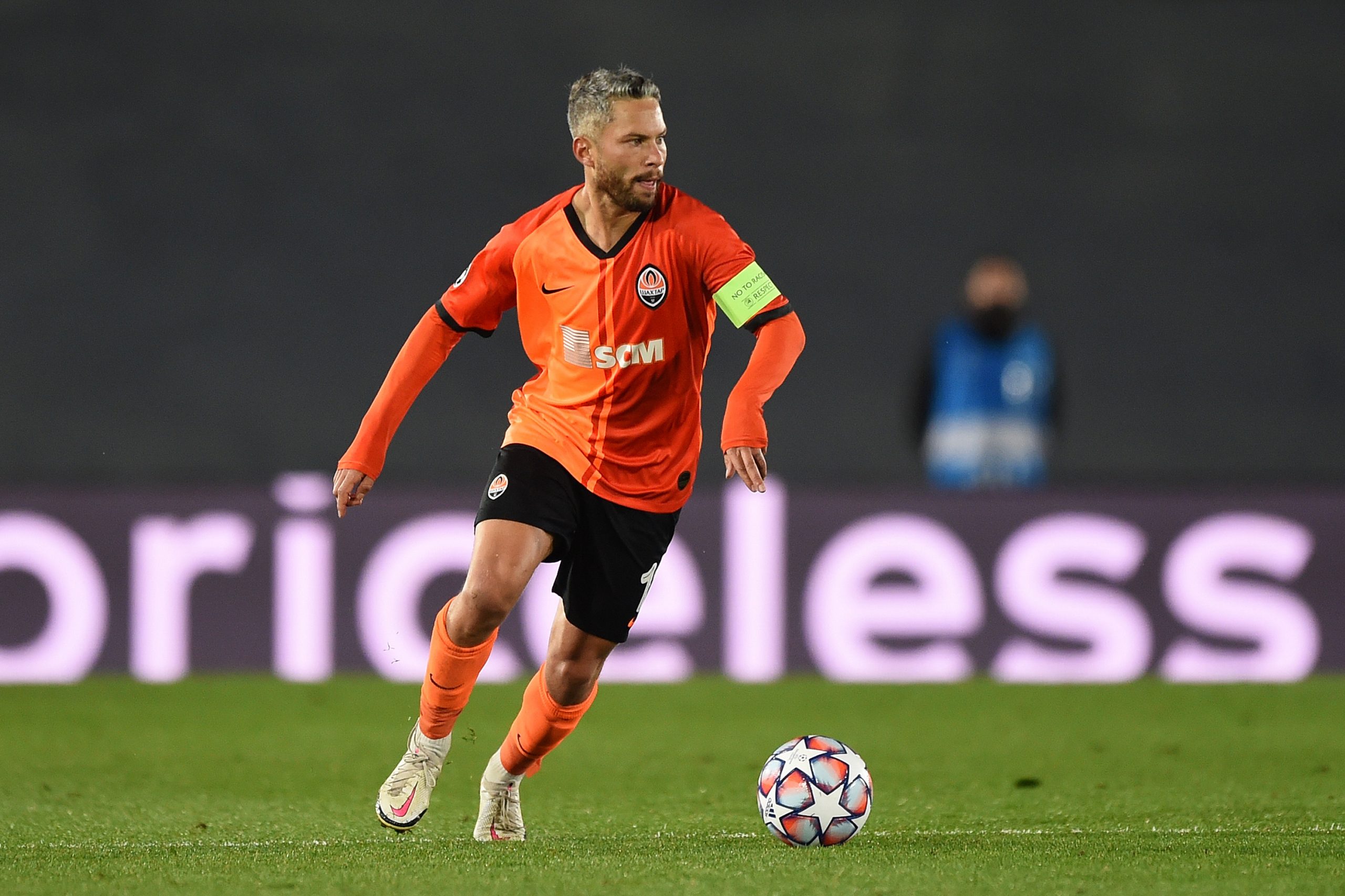
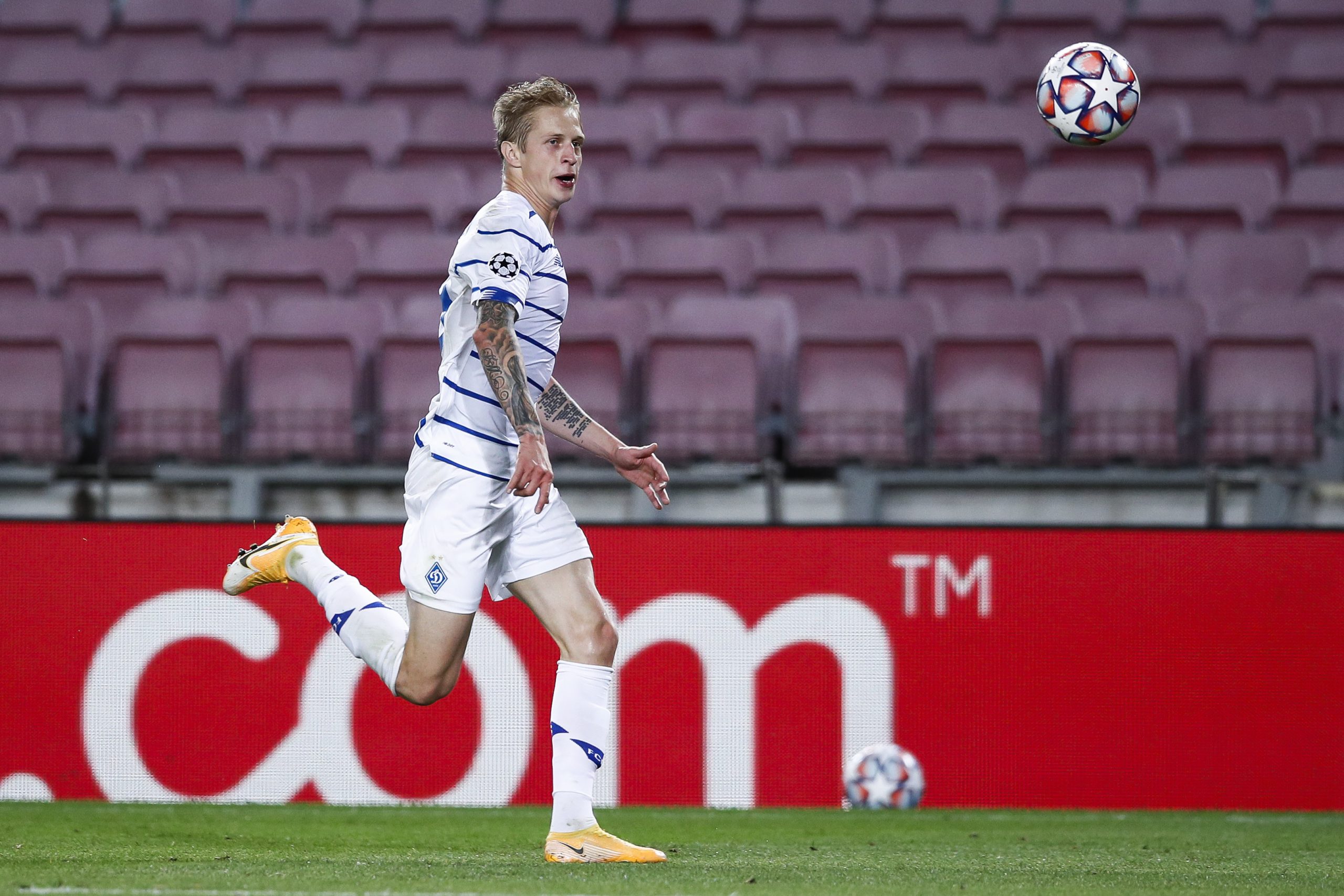
COMMENTS
great insight
Good article overall, however it shows your glaring antifa sympathy. From what I know, many Right wing ultras, and regular fans who lean right, does not equate to “Nazi”. Yes of course there are some actual Nazis in thesd hooligan groups and in the general population, however there 10x as many peopld who are simply proud Ukranians seeking economic prosperity and their own cuktural identity w.out the oppression of Mother Russia and/or her sell out symlathizers in recent politics. These folks own a very clear and recent memory of the ruin Communism brought them. They are most definitely anti-communist,but this does not shuffle one into the immediate and convenient category of Nazi.
You seem to lay the idea that anyone coming to the side of Antifa, Anarchist, or Communist are doing so out of defiance to “Nazi’s”..when in reality Antifa, Anarcho-Punks and Commies are now and have always been hard line thugs. Antifa are pro-globalist anti religion (mostly), anti-Nationalist culture and basically Communist lite. They are the self proclaimed thought police and call anyone not pledging to burn their local flag a “racist/nazi/fascist” . Then, you mention Anarchist who are generally nothing but street punks, drunk & pro-drug, anti everything local culture/political/religion wise..and laslty Communists, well we know what they are. These groups are pleasant bed fellows and either indirectly or often directly and intentionally oppose a free, proud and unified Ukraine.
comment shows your glaring fascist sympathy… hasta la victoria siempre!
football academy from Algeria BLF Academy